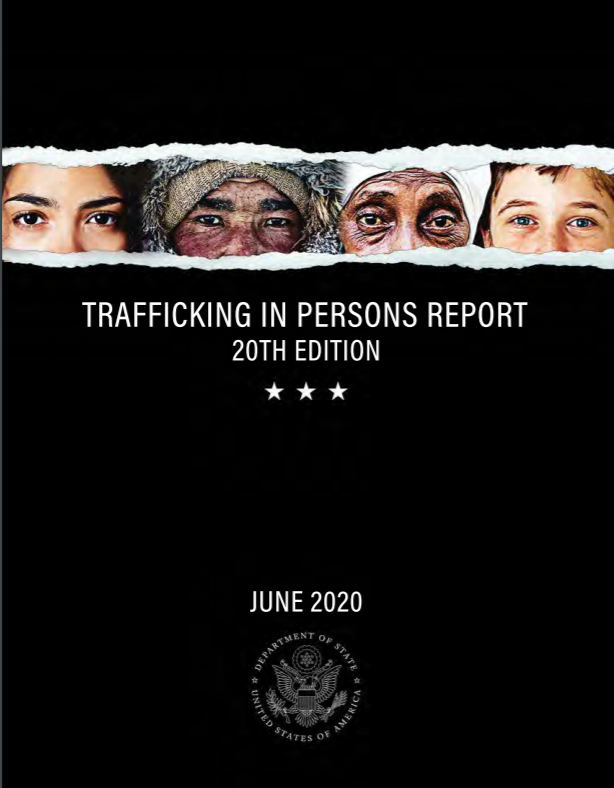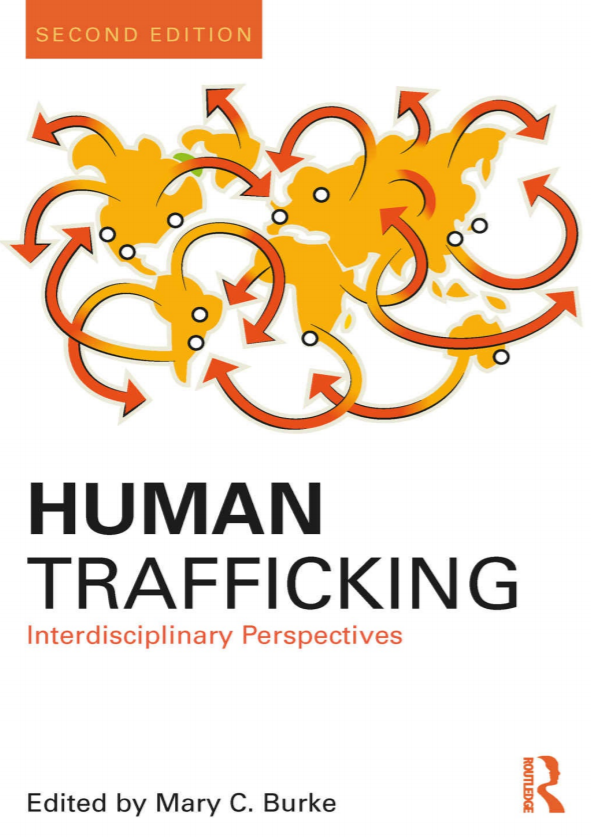Explotación Laboral Trata y Salud de los Migrantes: Hallazgos en Diversos Países sobre los Riesgos y Consecuencias para la Salud de los Trabajadores Migrantes y las Víctimas de Trata (Spanish)

Las evaluaciones mundiales sugieren que una proporción sustancial de los trabajadores migrantes terminan en situaciones de explotación extrema, algunos de los cuales han sido identificados como víctimas de trata de personas. Debido a que un gran número de trabajadores migrantes caen en una "zona gris" entre la trata (como es definida por el derecho internacional y nacional) y situaciones de explotación laboral, hay una buena razón para explorar las diferencias y similitudes entre las necesidades de salud de aquellos que han sido identificados como víctimas de la trata en comparación con otros migrantes que trabajan en el mismo sector de trabajo que no lo han sido. Es urgente comprender los riesgos actuales para salud y la seguridad, las formas de abuso y explotación en los diferentes sectores y las condiciones de trabajo y de vida peligrosas comunes para mejorar las estrategias de prevención y respuesta.
Este es uno de los primeros estudios que explora y compara la influencia de las exposiciones de riesgo ocupacionales, entre otros, en la salud y el bienestar de las personas, comparando las experiencias de los trabajadores migrantes y las víctimas de trata en todos los sectores y regiones que lo integran. Nuestro estudio cualitativo multi-región sobre la explotación y el daño sufrido por las personas en el sector textil en Argentina, en la extracción artesanal de oro en Perú y la construcción en Kazajstán, encontró similitudes importantes en los riesgos para la salud y los retos financieros, sociales y legales en todos los sectores y regiones. En total, se entrevistó a 71 personas; de éstos, 18 fueron identificados formalmente como víctimas de trata y 53 eran trabajadores migrantes.
Country
Worldwide
Region
Worldwide
Year
2015
Topics






